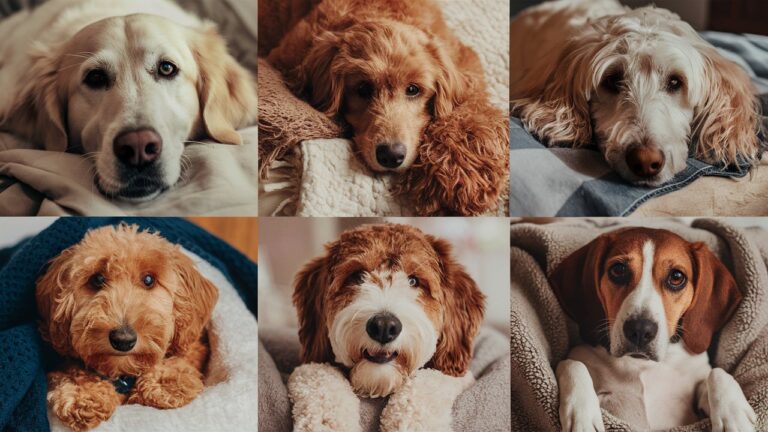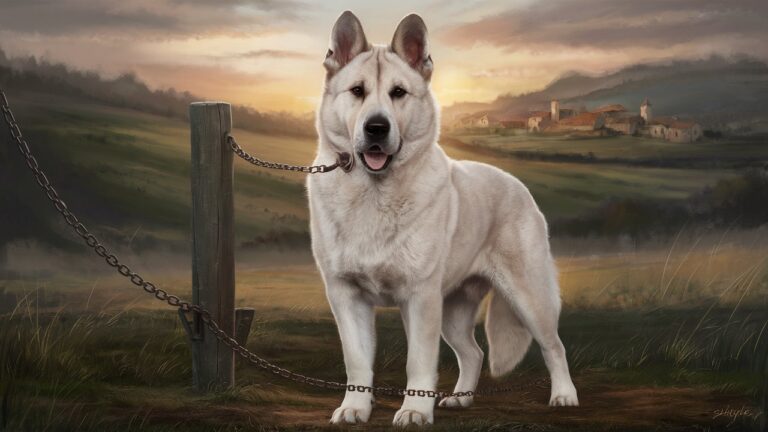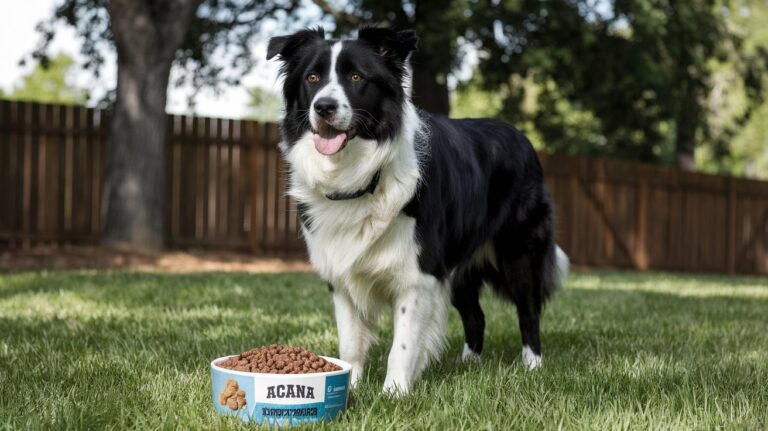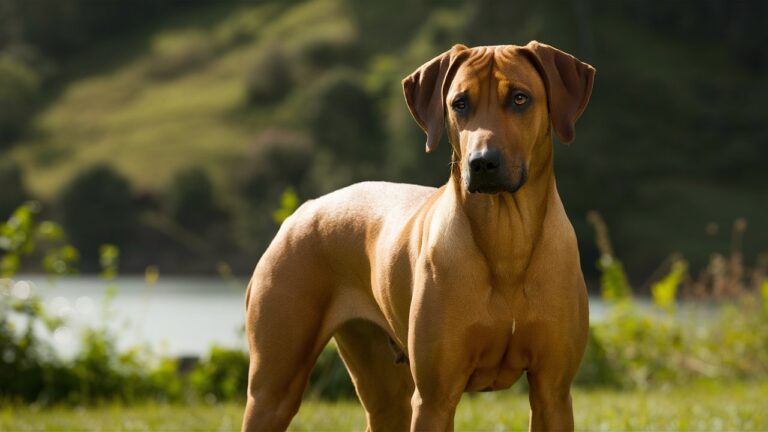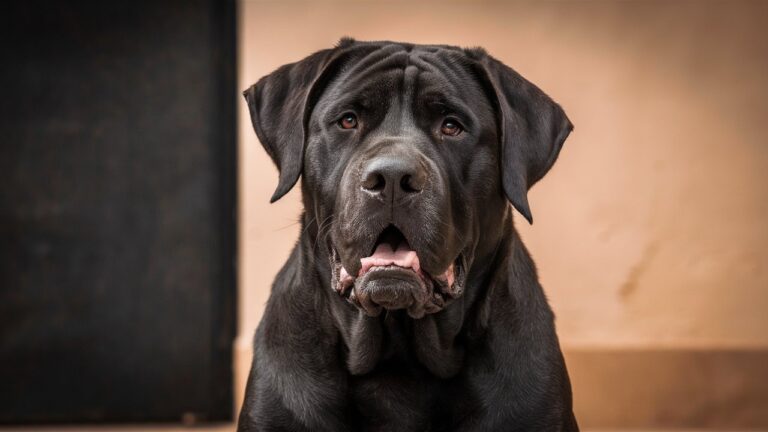5 Large Dog Breeds in the UK: Rich Guide to Majestic Companions
Large dog breeds have long been admired for their strength, loyalty, and ability to serve as both family pets and working dogs. In the UK, several large breeds have captured the hearts of many, each offering unique traits and characteristics that make them special. In this article, we’ll explore some of the most popular large dog breeds in the UK, discuss their histories, and provide insights into their care and training. Along the way, I’ll share a personal story about living with one of these gentle giants.
The Appeal of Large Dog Breeds
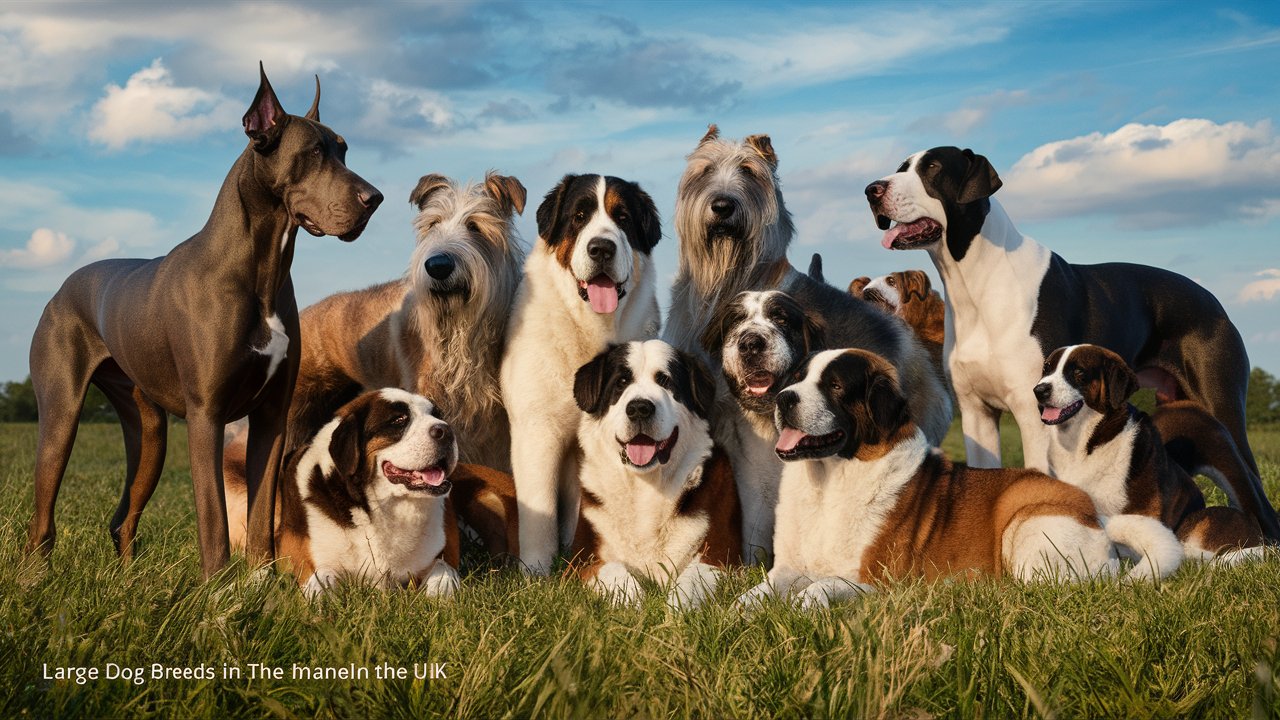
Large dog breeds often possess a majestic presence and gentle nature that make them excellent companions for families, individuals, and even professionals looking for working dogs. Their size, strength, and intelligence allow them to serve various roles, from guardians and hunters to therapy and service animals.
Popular Large Dog Breeds in the UK
English Mastiff
The English Mastiff is one of the most iconic large dog breeds, known for its massive size and gentle demeanor. Historically used as guard dogs, these gentle giants are now cherished family pets. Despite their intimidating size, Mastiffs are known for being affectionate and protective of their families.
- Size: 27.5 to 30 inches tall, 120 to 230 pounds
- Temperament: Calm, gentle, protective
- Care Needs: Regular exercise, a balanced diet, and consistent training
Newfoundland
Newfoundlands are known for their sweet nature and excellent swimming abilities. Originally bred for water rescue, they are often described as “gentle giants” and are well-suited to family life due to their friendly disposition and love for children.
- Size: 26 to 28 inches tall, 100 to 150 pounds
- Temperament: Patient, affectionate, gentle
- Care Needs: Regular grooming, exercise, and a focus on joint health
Saint Bernard
Saint Bernards are famous for their history as rescue dogs in the Swiss Alps. With their warm and friendly nature, they are fantastic companions, especially for families with children. Their large size and calm temperament make them a favorite among large dog lovers.
- Size: 26 to 30 inches tall, 120 to 180 pounds
- Temperament: Friendly, gentle, loyal
- Care Needs: Regular grooming, moderate exercise, and socialization
Great Dane
Known as the “Apollo of Dogs,” Great Danes are admired for their elegant stature and friendly nature. Despite their size, they are gentle and affectionate with their families and get along well with children and other pets.
- Size: 28 to 34 inches tall, 100 to 200 pounds
- Temperament: Friendly, patient, dependable
- Care Needs: Regular exercise, a nutritious diet, and consistent training
Bernese Mountain Dog
Originally used as farm dogs in the Swiss Alps, Bernese Mountain Dogs are known for their striking tri-color coats and gentle temperament. They are affectionate and devoted to their families, making them excellent companions for those with enough space to accommodate their size.
- Size: 23 to 27.5 inches tall, 70 to 115 pounds
- Temperament: Affectionate, calm, good-natured
- Care Needs: Regular grooming, exercise, and socialization
Living with a Large Dog: Personal Anecdote
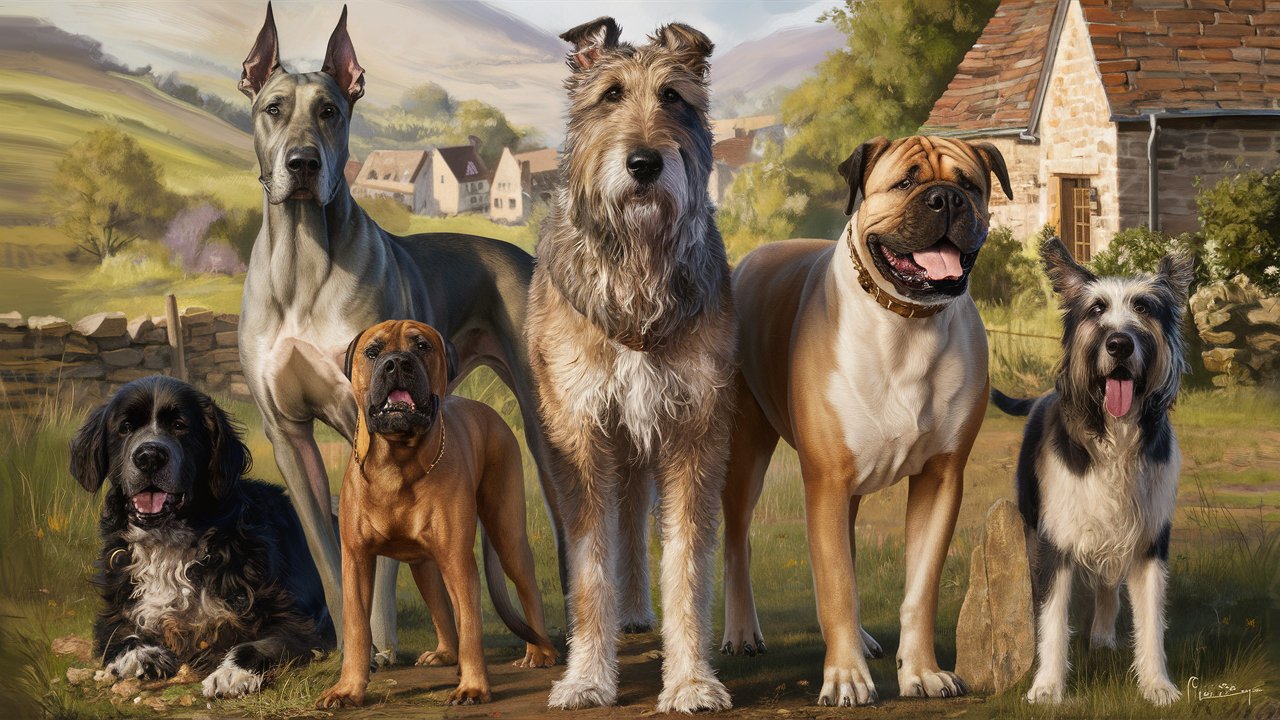
Owning a large dog breed can be a rewarding and fulfilling experience. A few years ago, I adopted a Saint Bernard named Max. Max quickly became a beloved member of our family, and his presence brought joy and laughter to our home.
Max was known for his gentle nature and love for children. He was often found playing in the garden with the neighborhood kids, who adored him. His calm demeanor made him a great companion for our evening walks, and his protective instincts gave us a sense of security.
Caring for Max required attention to his grooming and dietary needs, as well as regular exercise to keep him healthy and happy. His love for the outdoors meant he was always up for a hike or a day at the beach, where he would happily splash in the waves.
Having Max in our lives taught us the value of patience, loyalty, and the unique bond that can form between humans and their canine companions. His presence enriched our lives and left us with memories that we cherish to this day.
Caring for Large Dog Breeds
Owning a large dog breed comes with its own set of responsibilities. Here are some key considerations for those thinking about adding a large dog to their family:
Exercise Needs
Large dog breeds generally require regular exercise to maintain their physical and mental health. While they may not need as much vigorous activity as some smaller, high-energy breeds, they still benefit from daily walks, playtime, and mental stimulation. Activities like hiking, swimming, and obedience training can be enjoyable for both the dog and the owner.
Dietary Requirements
Large dogs have unique dietary needs, and feeding them a balanced diet is essential to prevent obesity and support their overall health. High-quality dog food formulated for large breeds, which includes the appropriate nutrients and joint support, is important. Owners should consult their veterinarian for guidance on the best diet and portion sizes for their dogs.
Health Considerations
Large dog breeds are more prone to certain health issues, such as hip dysplasia, joint problems, and heart conditions. Regular veterinary check-ups and preventative care are crucial to monitoring and addressing any health concerns early on. Providing supplements like glucosamine and chondroitin can help support joint health.
Grooming and Maintenance
Grooming requirements vary among large dog breeds, but many require regular brushing to maintain their coats and reduce shedding. Breeds with longer fur may need more frequent grooming sessions to prevent mats and tangles. Additionally, routine nail trimming, ear cleaning, and dental care are important aspects of maintaining their overall health.
Training and Socialization
Training and socialization are essential for large dog breeds to ensure they are well-behaved and confident in various environments. Early socialization with other dogs, people, and new experiences can help prevent behavioral issues and build a strong bond between the dog and its owner.
Obedience training is especially important for large dogs, as their size can make them difficult to manage without proper manners. Positive reinforcement techniques work well, encouraging the dog to respond to commands and behave appropriately in different situations.
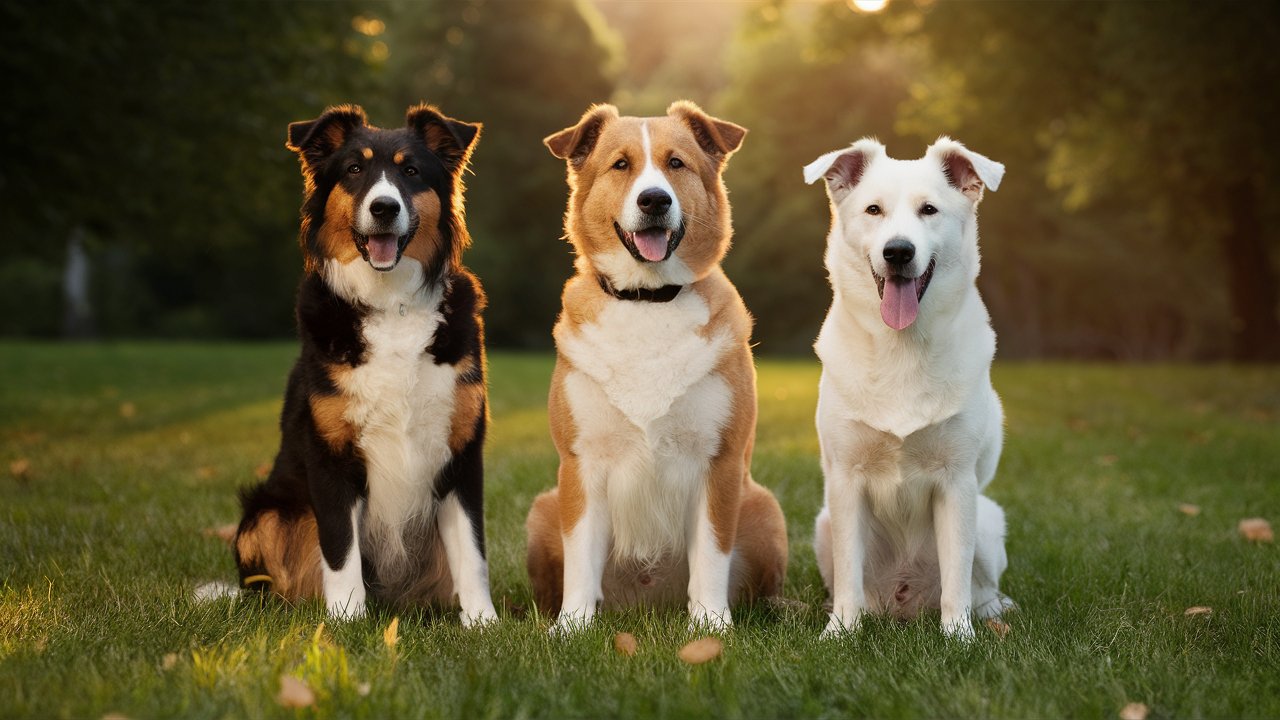
Conclusion
Large dog breeds in the UK offer unique companionship and can become beloved members of any family. Their gentle nature, loyalty, and intelligence make them suitable for various roles, from family pets to working dogs. However, owning a large dog comes with responsibilities, including meeting their exercise, dietary, grooming, and training needs.
Whether you’re drawn to the majestic presence of an English Mastiff or the friendly demeanor of a Bernese Mountain Dog, these breeds have much to offer those who welcome them into their homes. With the right care and attention, large dog breeds can provide years of joy, love, and companionship.
